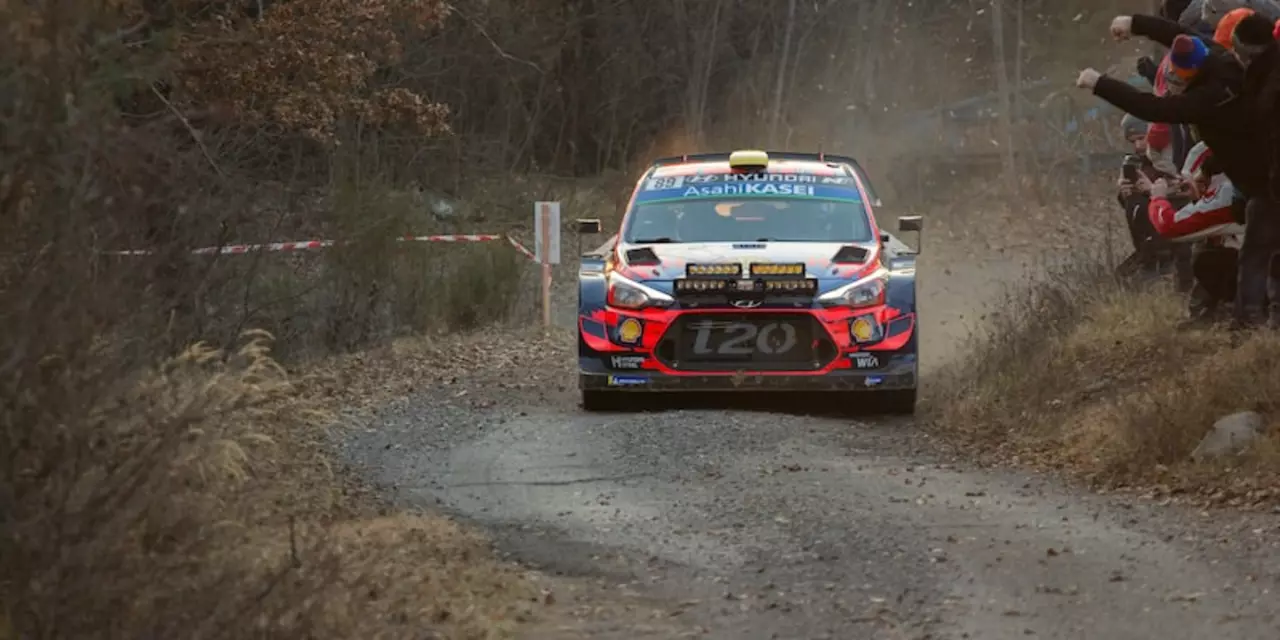Rally Fatalities: What Went Wrong and How the Sport Is Getting Safer
When a rally car crashes, the damage can be deadly. Over the years, a few high‑profile tragedies have forced organizers to rethink every rule on the books. If you’re curious about why certain cars disappeared from the scene and how modern rallies keep drivers alive, you’ve come to the right place.
The Group B Disaster
In the mid‑80s, Group B rally cars were the super‑cars of gravel roads. Light chassis, turbocharged engines, and insane power made them thrilling to watch—but also extremely unsafe. Between 1985 and 1986, multiple crashes killed both drivers and spectators. The FIA responded by banning the entire class in 1986. That decision saved lives and pushed manufacturers to design cars with stronger roll cages, better brakes, and more predictable handling.
How Safety Has Evolved
Today, rally events follow a strict safety checklist. Every car must pass a crash test, drivers wear fire‑resistant suits, and co‑pilots use helmets with head‑and‑neck support. Organizers also set up spectator zones far enough from the fastest sections. These changes might sound like extra work, but they’ve cut fatal accidents dramatically.
Even with these measures, accidents still happen. A common cause is loss of control on loose gravel or unexpected ice patches. That’s why drivers train on handbrake techniques and rapid gear changes – skills that let them correct a slide before it turns into a rollover. Knowing the car’s limits and respecting the terrain are the first lines of defense.
If you’re a teen looking to get into rally, start by joining a local club that emphasizes safety drills. Attend a few practice runs, watch how seasoned drivers handle handbrake turns, and always wear proper gear. Learning the basics in a controlled environment can keep you from costly mistakes later on.
Another piece of the puzzle is the co‑pilot. A good navigator reads pace notes with precision, warns the driver about jumps, tight corners, and changes in surface. The smoother the communication, the less likely the driver will make a sudden move that could lead to a crash.
Technology also plays a role. Modern rally cars are equipped with data loggers that record speed, g‑forces, and brake pressure. After each stage, crews analyze the data to spot risky patterns and adjust setups. It’s a proactive way to avoid the kind of surprise failures that caused past fatalities.
In short, rally fatalities have taught the sport hard lessons. From the Group B ban to today’s rigorous safety standards, every rule change aims to keep the adrenaline rush alive while protecting lives. So the next time you watch a car launch off a dirt hill, remember the safety crew working behind the scenes to make that moment possible.

How many spectators are killed in rally races?
Rally racing is one of the most dangerous motorsports with a high chance of fatalities, both among drivers and spectators. Since the birth of rallying in the early 1900s, hundreds of drivers, co-drivers, and spectators have been killed in rally accidents. The exact number of spectators killed in rally races is difficult to pinpoint, but the most recent estimates suggest it could be as high as 150.